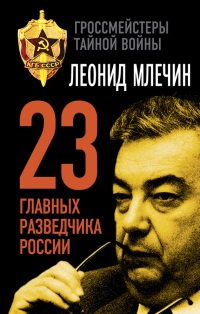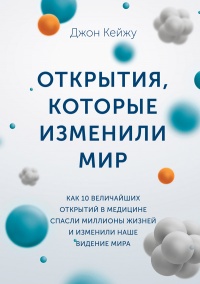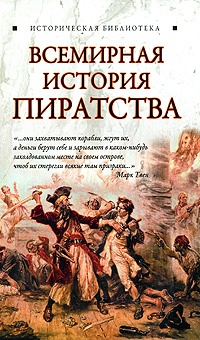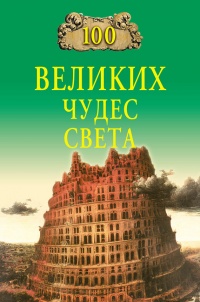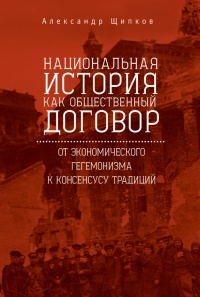Книга От шелка до кремния. 10 лидеров, которые объединили мир - Джеффри Гартен
На нашем литературном портале можно бесплатно читать книгу От шелка до кремния. 10 лидеров, которые объединили мир - Джеффри Гартен полная версия. Жанр: Книги / Историческая проза. Онлайн библиотека дает возможность прочитать весь текст произведения на мобильном телефоне или десктопе даже без регистрации и СМС подтверждения на нашем сайте онлайн книг knizki.com.
Шрифт:
-
+
Интервал:
-
+
Закладка:
Сделать
Перейти на страницу:
Перейти на страницу:
Внимание!
Сайт сохраняет куки вашего браузера. Вы сможете в любой момент сделать закладку и продолжить прочтение книги «От шелка до кремния. 10 лидеров, которые объединили мир - Джеффри Гартен», после закрытия браузера.
Книги схожие с книгой «От шелка до кремния. 10 лидеров, которые объединили мир - Джеффри Гартен» от автора - Джеффри Гартен:
Комментарии и отзывы (0) к книге "От шелка до кремния. 10 лидеров, которые объединили мир - Джеффри Гартен"




















